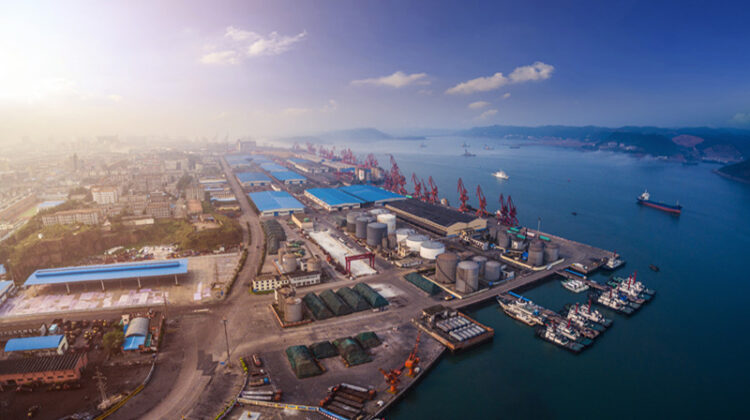
The new corridors of global trade : UNCTAD
GENEVA : Recent crises have shifted global trade routes. Trade facilitation tools and digitalisation are needed more than ever to facilitate the flow of goods.
Geopolitical developments over the past few years have redefined trade routes, with freight flows through traditional routes, such as the northern Eurasian corridors, having fallen significantly since the start of the war in Ukraine.
Now more recently, east-west trade has been hit by the Red Sea crisis, requiring transport companies to once again look for alternative routes.
New routes have emerged in recent years to facilitate east-west trade. But they need our support.
The Middle and Southern Corridors
Connecting China and Central Asia via the Caspian Sea or Iran to Türkiye and Europe, both the Middle Corridor and Southern Corridor have become critical trade routes, reshaping the global dynamics of transport and trade. They allow for door-to-door road transport and the efficient combination of different modes.
In 2022, transit via the Middle Corridor saw record growth in transit volumes, increasing by 150% compared to 2021. In just one month, from December 2022 to January 2023, the container turnover in the Caspian Basin underwent a 5.5-fold increase. From January to August 2023, freight volumes from China to Europe along the Middle Corridor increased by 84% compared to the same period in 2022, surpassing 1.6 million tonnes.
The Southern Corridor is similarly well placed to facilitate the flow of goods and east-west trade. On average, transport operations by Turkish operators from Türkiye to Kyrgyzstan, Tajikistan, Turkmenistan and Uzbekistan increased by 44% from 2020 to 2023. In the case of foreign operators, it rose by 86%.
Transport from Lianyungang, China, to Türkiye or EU countries via these corridors takes between 13 and 23 days. In contrast, the maritime route via the Suez Canal takes between 35 and 45 days.
Red Sea Crisis
The Red Sea crisis has now further accentuated global trade and transport challenges. As widely covered in the media, cargo ships are being rerouted around the southern tip of Africa to avoid the Red Sea.
Other companies are opting for more direct road routes. Using the UN TIR system, transport companies are rerouting their shipments via countries in the Gulf Cooperation Council (GCC) region, bypassing the blocked maritime leg by switching to trucks to go through the GCC region and the northern part of the Red Sea. The seaports of Sohar and Salalah (Oman) and Jeddah and Dammam (Saudi Arabia) have acted as the main ports of arrival where goods are then transhipped and transported via trucks across the region before continuing their journeys by sea.
But there are many other routes available to transport companies. Just last year, the Milton Group transported goods from Europe to the Middle East with TIR – crossing 13 countries – in just nine days, rather than taking 40 days by sea.
